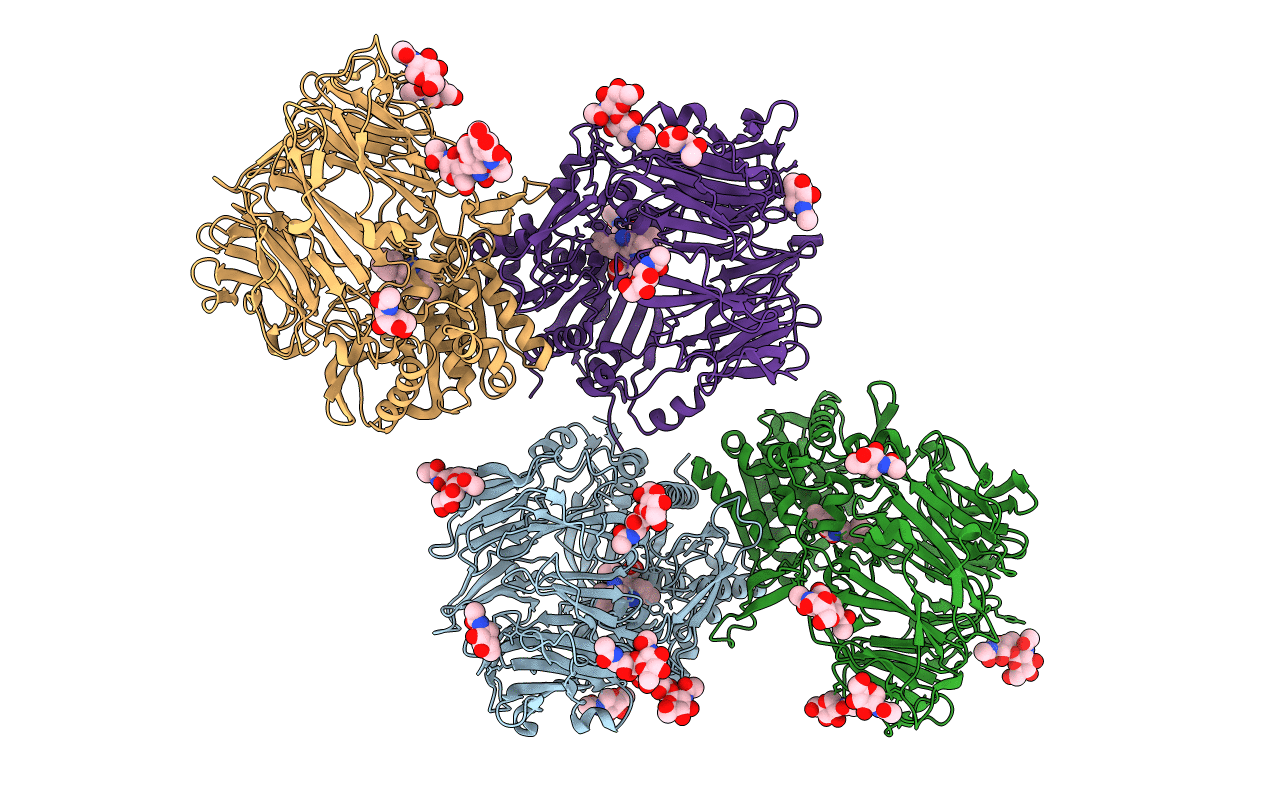
Deposition Date
2010-08-03
Release Date
2011-01-26
Last Version Date
2024-10-16
Entry Detail
PDB ID:
3O95
Keywords:
Title:
Crystal Structure of Human DPP4 Bound to TAK-100
Biological Source:
Source Organism:
Homo sapiens (Taxon ID: 9606)
Host Organism:
Method Details:
Experimental Method:
Resolution:
2.85 Å
R-Value Free:
0.24
R-Value Work:
0.18
R-Value Observed:
0.19
Space Group:
P 1 21 1


